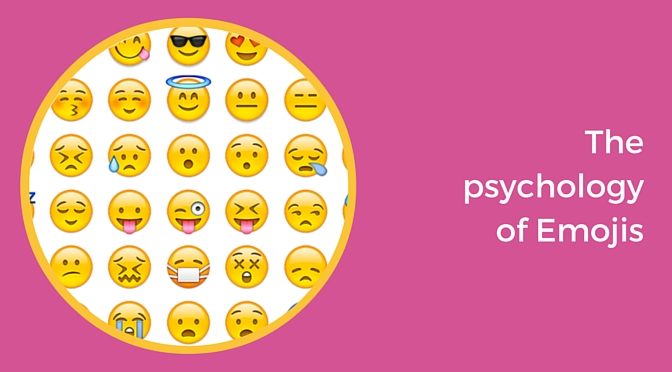
The Oxford English Dictionary defines an “emoji” as a small digital image or icon used to express an idea, emotion, etc., in electronic communications.
If this definition doesn’t ring any bells, you’ll certainly know what I’m talking about once you see the images below.
Yes, the cute (at times misread) little faces called Emojis!
According to Swyft Media, the world sends about 6 billion emoticons or stickers every day on mobile messaging apps. I don’t know how guilty of this pleasure you may be, but I’ve had a quick look at my WhatsApp, Messenger and Twitter prior to writing this blog post and – oh boy – am I guilty!
I now see the first ? … (don’t be shy, you are not alone)
In the last few years, the use of emojis across messaging apps, emails and social media has dramatically risen. So much so that the Oxford Dictionaries’ word of the year for 2015 was this → ?, the Face with Tears of Joy!
Advocates of the traditional English language may be going ? (Face Screaming in Fear), but I’m confident that even the most conservative of linguists will agree that ? is a lot better than ‘lol’. (I’d love to hear your opinion on this, so feel free to comment below)
Bear with me, let’s explore this curious phenomenon!
A new, powerful language ?
The first emoticon appeared in a post to Carnegie Mellon University computer science general board from Professor Scott E Fahlman in 1982.
“I propose that the following character sequence for joke markers:
“:-)”
Read it sideways.”
34 years later and our brain is now fully capable of recognising and decoding emoticons and emojis as a new language, primarily because social media fully embraced and spread this trend.
A recent study, led by Dr Owen Churches, from the school of psychology at Flinders University in Adelaide, shows that our brain has learnt to react to a smiley face online or in a text in the same way as it reacts to an actual human face, because we learnt that the emoticon is a face.
This new language is therefore perceived by our brain as non-verbal communication.
According to psychologist Albert Mehrabian, only 7% of communication is verbal; the remaining 93% is expressed through tone of voice and body language (especially face expressions).
It’s easy to understand, then, that the use of emojis in text-based communication is an effective way of bridging the gap between words and the message, a way to convey the tone and nonverbal context behind our texts.
Emojis and businesses ?
The constant search for better ways to express ourselves, our message and our feelings, has influenced the way digital communication has evolved and has ultimately determined the adoption of emojis as an expression of emotions.
Nonverbal communication plays a big role in building relationships, showing empathy, expressing feelings. It is clear that if the psychological impact of emojis on our brain is similar to that of nonverbal communication, their use on social media will enhance the user’s experience.
Emojis make us seem friendlier, more approachable, more human.They help create a deeper connection between the users as we detect a more intimate meaning lying behind the emoticon. It seems that, when we see certain emoticons, we unconsciously mimic the expression of the emoticon, which has a direct effect on our mood and activates one of the most powerful emotions, empathy. ?
We stress this every time we talk about business’ social media presence: in order to be successful, you need to connect emotionally with your audience. So what better ways than by communicating with emoticons?
Good luck ?
– Alessia
